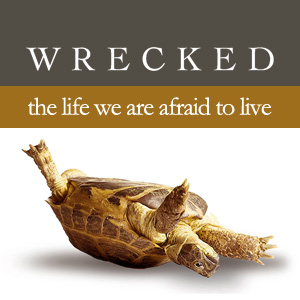As you scroll through your Facebook or Twitter feed recently, have you noticed all of the breaking news? Trump this! Hillary that! Zika this! Isis that!

You may be too young to remember, but I remember when the Iran Hostage Crisis was breaking news way back in 1981. I remember the most immediately breaking of news that took place on September 11, 2001. Since then, with the ascent of cable news networks, social media, and twenty-four hour news the items that are breaking come fast and furiously.
There is so much breaking news these days that I hardly pay attention to any of it. I have become numb to it. I scroll right past. More often than not it’s just click bait to get me to look not just at a story, but especially at the advertising that accompanies the story.
So what does that mean for those of us who are trying to get a message out into the world? There’s so much static and interference. Distractions are everywhere. Even news that’s supposedly breaking really isn’t. We need to cut through it.
Truly breaking and important news has these three characteristics:
- Consistently sincere. If you want people to take note, first and foremost you have to be consistent with your message. More than that, your consistent message ought to be sincere. One of the most sincere writers I know is Donald Miller. He consistently makes himself vulnerable. Vulnerability is the quickest way to demonstrate sincerity.
- Consistently honest. Along with sincerity comes honesty. This is one of the most difficult things to do when broadcasting a message. People appreciate honesty, but it takes guts. The most well-received messages are the ones with which we can identify. We identify with people who are similar to us. People see our similarities when we’re honest with our frailties, our faults, our failures, and even the things that make us cry for joy.
- Consistently valuable. People pay attention to your message when you have given them something valuable many times before. How is your message helping? Where is your message moving someone forward? How often have you given free, valuable content? When these things are consistent, your message will be received much more readily.
There’s no need to use cheap gimmicks like “breaking news.” Just be sincere, be honest, and provide value. Your message will be well-received.
How do you see to it that your important message is received?









